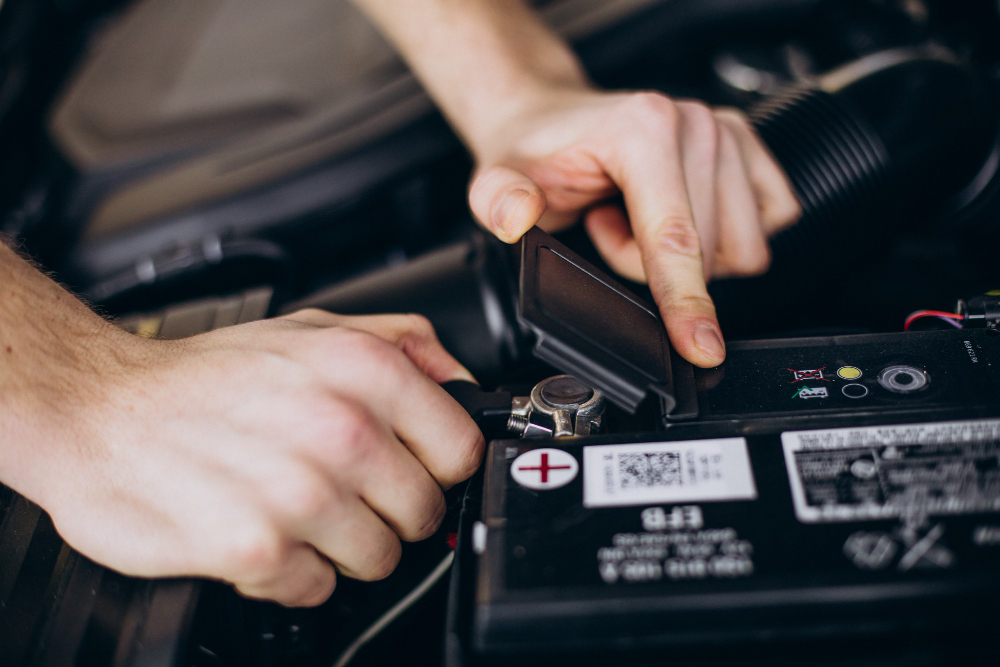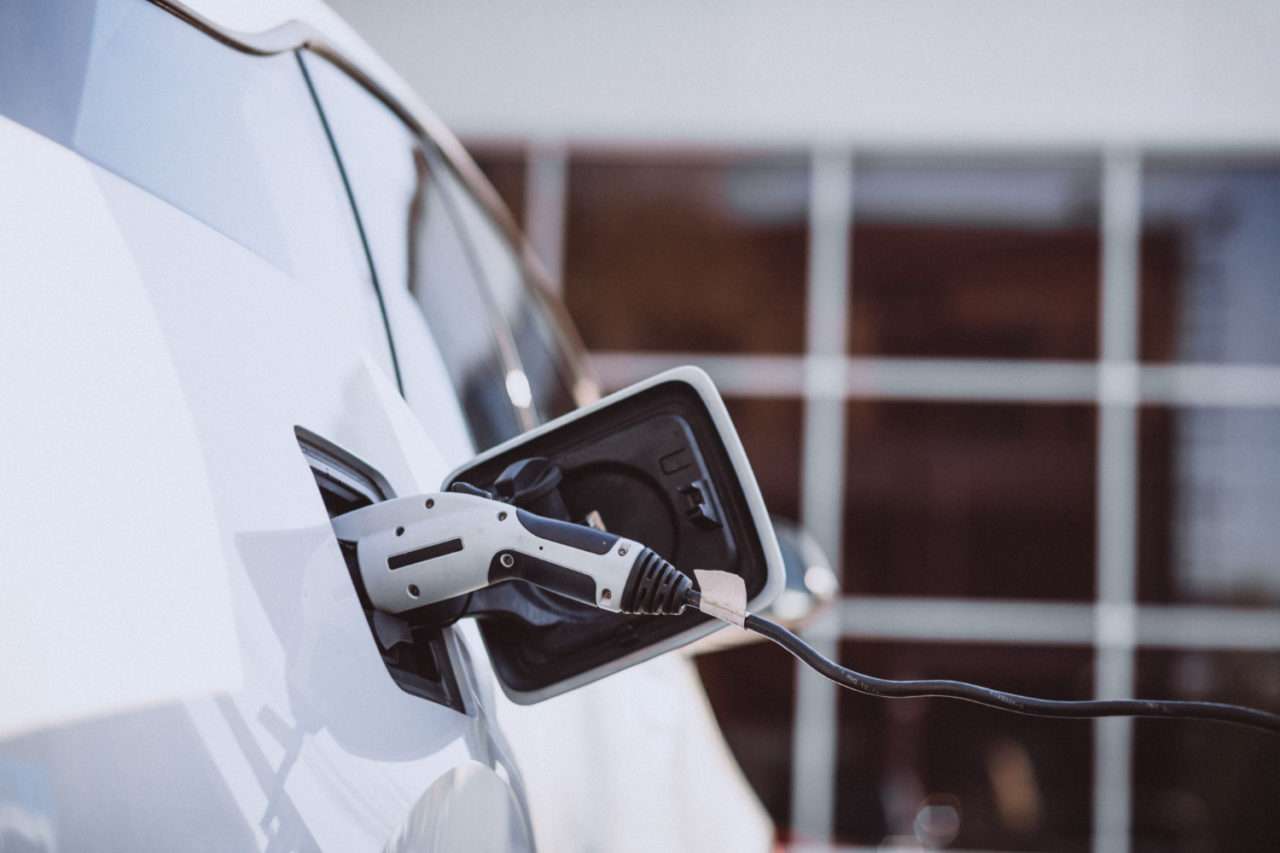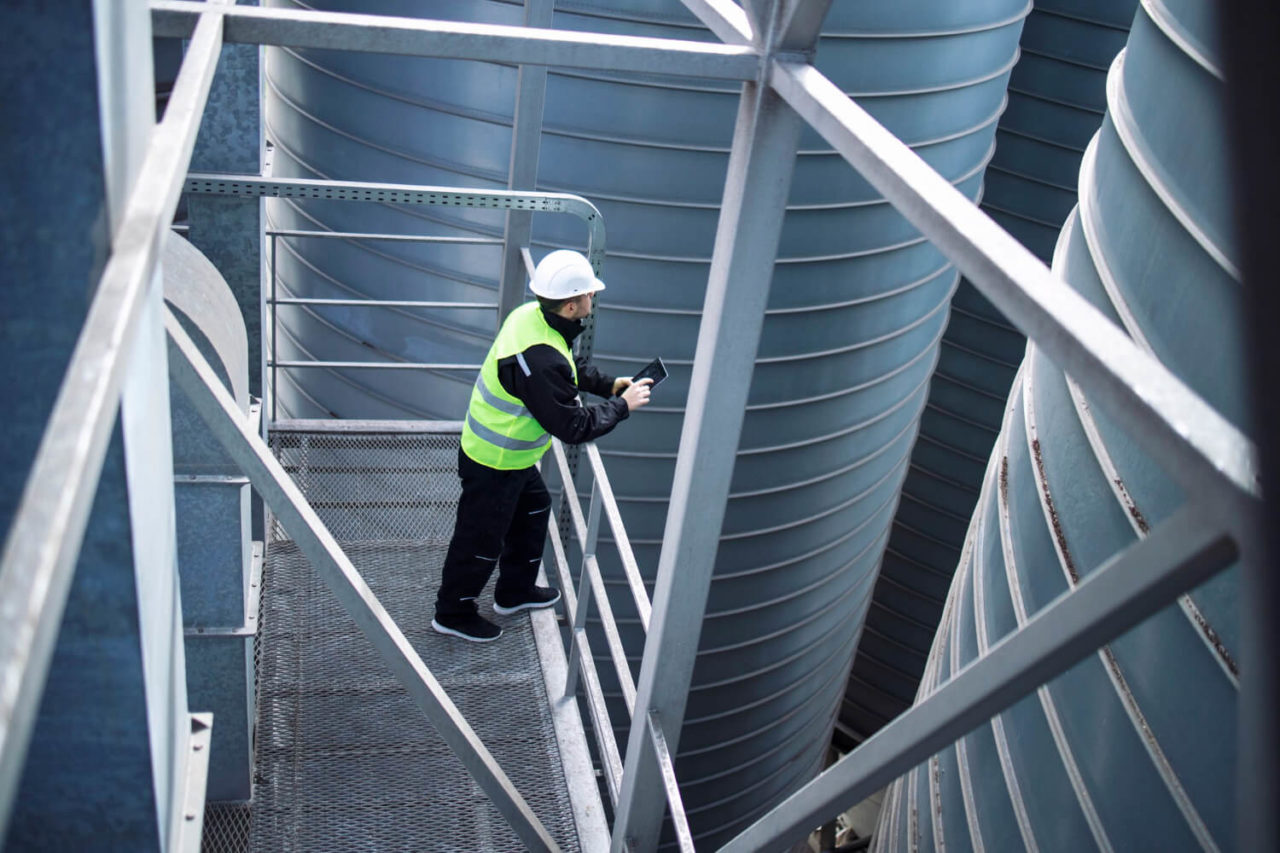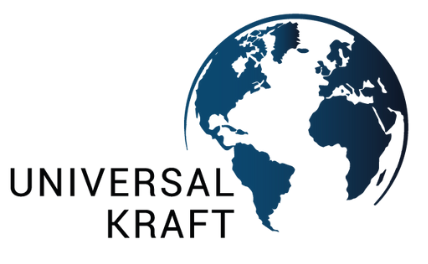
The cost of producing electricity from solar and wind power has drastically decreased in recent decades. This is one reason that the U.S. The Department of Energy predicts that until 2050, renewable energy will increase at the quickest rate among all American energy sources. However, energy storage solutions are still relatively expensive. Storage is crucial because the production of renewable energy is dependent on the sun and wind and isn’t continuous.
Three strategies for the energy storage market
Strategic planning is required by energy storage firms in order to meet the demands of an electrified system. Let’s see the example of Our Next Energy (ONE). The US-based energy storage manufacturer presented three core strategies for growth:
1. Target diverse markets
Instead of discarding or recycling an EV battery from a broken down car, it can be integrated into their electric grid to provide critical storage capacity. Since it’s feasible to transition a battery from a transportation application to a grid storage one, and not the other way around, ONE immediately scales their automotive products.

2. Use more sustainable raw materials
For the EU to remain competitive and to preserve our environment, natural resources should be used in the most efficient way and without depleting the planet’s resources. Recycled waste can be injected back into the economy as secondary raw materials. The European Union strives to facilitate this process and fully utilize these resources. It also promotes the fair and sustainable sourcing of primary raw materials globally.
After western countries sanctioned Russia in response to its invasion of Ukraine, nickel prices doubled to a record $100,000 per ton and trading on the London Metal Exchange was halted. This sharp price increase affects even non-Russian nickel-using companies. As a result, after ten years of sharply declining prices, supply chain interruptions for essential battery metals will lead to an increase in EV battery costs, according to Bloomberg.

ONE has created a high-performing lithium iron phosphate (LFP) battery that does not require scarce and costly metals like nickel and cobalt in order to guarantee that our products maintain price stability. Through novel design, our LFP Aries pack is equipped with industry-leading energy density, enabling longer range at a lower price.
3. Localize manufacturing
Currently, only 5.5% of lithium-ion batteries are manufactured in North America, according to a recent report. Although foreign investments have aided in the growth of the EV industry, there are a number of issues with foreign production.
At ONE, they’ve made the decision to produce goods in the United States. We commissioned an independent analysis, which showed that ONE could cut greenhouse gas emissions for our LFP cells for our Aries pack by 34%, and for our anode-free and LFP cells for their second product, Gemini, by 29%, by establishing a North American supply chain and onshoring cell manufacturing.
Font: World Economic Forum
ALSO READ WHY DO WE NEED ENERGY STORAGE SYSTEMS?

Our work with energy storage
Universal Kraft has been working with compressed air storage solutions for several years, combining renewable energy production, through wind or solar, with an energy storage system of compressed air in the ground or in tanks. We are currently working with partners to create a new technology that uses a compressor to pump air into a tank or the ground for storage, and then reverses the process to feed energy into a generator when needed. Discover our projects here




